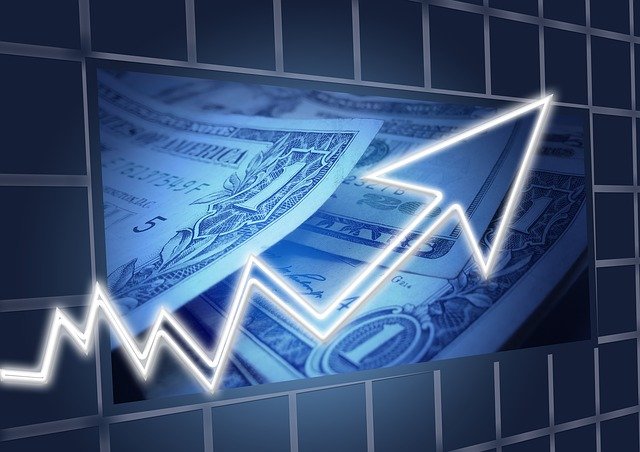First inflation came for grocery bills and gas prices, now it’s showing up in Yelp reviews complaining of meager portions at dining establishments and rising costs at businesses generally.
Customers mentioning the word “inflation” in Yelp reviews or describing “inflationary experiences” such as higher prices hit a record high in the second quarter, rising 7% from the previous quarter and 28% compared to last year, according to the latest Economic Average report from Yelp.
For the first time ever in the second quarter, the word “shrinkflation” showed up in Yelp reviews. That’s the term for when a product has shrunk in size, but the price has remained the same. It’s a strategy manufacturers use hoping that shoppers won’t notice inflation’s pinch as much. Shrinkflation mentions appeared most often in reviews of fast casual restaurants serving “more affordable offerings like hot dogs, hamburgers, pizza, followed by seafood restaurants, Italian food, and Chinese food,” the report said.
The consumer rating platform has been regularly analyzing its reviews, looking for mentions of “inflationary experiences,” including phrases such as “higher prices,” “used to be cheaper,” and “more expensive.” Since early 2021, the use of such phrases in Yelp reviews has soared for five straight quarters.
The report comes as the prices of goods and services have soared, with inflation hitting 9.1% in June compared to a year ago, setting a 41-year record. The cost of dining out rose by 7.7%, the largest year-over-year increase since November 1981. Some grocery prices have increased more than others; eggs increased in price by 33% compared to last year and milk prices rose by 16.4%, according to the Bureau of Labor Statistics.
Those rising food costs are putting extra pressure on some restaurant owners. Some are making hard decisions between shrinking meal portions or raising prices; some are doing both to avoid closing their business. One Texas barbecue owner has struggled to decide whether to raise prices or shrink portions, while also meeting the needs of his employees and customers, many of whom are high school students, unemployed, or retirees who can’t afford much, the New Yorker magazine reported.
There’s evidence that consumers are making tough choices, too. Some have “trading down,” analysts said, meaning they’re saving money by buying store-label products and eating out at fast food restaurants instead of full-service restaurants. Consumers are making fewer visits to grocery stores and visiting fast food restaurants more often to manage costs, according to data from analytic company Placer.ai.
Foot traffic to fast food and quick-service restaurants continued to see year-over-year growth from April to the end of June, outpacing that of full-service restaurants, according to Placer.ai. Meanwhile, foot traffic to full-service restaurants started seeing steeper declines toward the end of June.
Although that was partly due to the strong performance last year during the same period, the steepness of the decline for full-service restaurants compared to other segments in retail and dining indicates that inflation was at play for consumers, said Ethan Chernofsky, vice president of marketing at Placer.ai.
“Those retailers and dining options that align with these trends are seeing strong relative performances even when compared to the heights hit in 2021’s back-to-school season,” Chernofsky said.
Despite rising inflation, activity on Yelp suggests that consumer spending remains strong, Pria Mudan, data science leader at Yelp, said. For example, people searched for higher-priced businesses more frequently in the second quarter than they did prior to the pandemic, she said.
“However, that doesn’t mean consumers and businesses aren’t feeling the pinch of inflation,” she said.
Learn how to shake up your financial routine at the Best New Ideas in Money Festival on Sept. 21 and Sept. 22 in New York. Join Carrie Schwab, president of the Charles Schwab Foundation.

